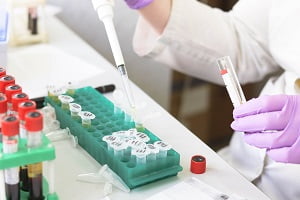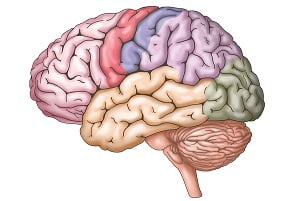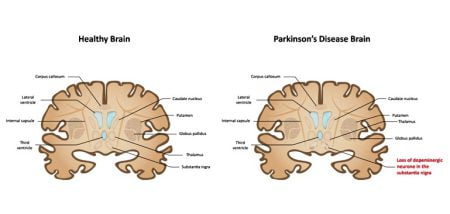Stem Cell And Gene Therapies for Parkinson’s Treatment
- Updated on: Jul 6, 2024
- 3 min Read
- Published on Oct 17, 2019

In various surveys, it was estimated that more than 60,000 Americans were diagnosed with Parkinson’s disease annually. Parkinson’s is a neurodegenerative disorder and scientists are still not able to define the exact cause of this disorder. Many research centers and foundations are dedicated in finding a cure to Parkinson’s but as we know brain disorders are complicated so there is still a long way to go.
Scientists have given a green signal to treatments such as medications or surgery which are beneficial in improving in the motor functions but not in curing neural degeneration. Recently, a major breakthrough developed for the treatment of Parkinson’s is stem cell therapy. Researchers have an idea that it is the most promising therapeutic avenue in today’s era for Parkinson’s disease, but this therapy is still under study. Gene therapy research is also following the same footsteps and is on the verge of proving to be beneficial.
Key to Cure Parkinson’s Disease: Stem Cells
In most cases, diagnosis of Parkinson’s disease is a problem because the cause is not clear. After the diagnosis, doctors prescribe medications which might slow the progression of the disease. In severe conditions, doctors might even suggest surgery when drug therapy is not efficiently effective.
Scientists have found that the major factor which promotes Parkinson’s disease (PD) pathology is the loss of dopamine neurons in the substantia nigra (in brain). Neurotransmitter dopamine is a chemical messenger and its extensive loss triggers Parkinson’s disease. Therefore, there are various studies being done which aim to restore lost dopamine signaling neurons.
Many researchers have indicated that stem cell therapy holds the potential to treat Parkinson’s disease. Research evidence depicts that these novel cells have the potential just as the brain’s normal dopamine cells. Stem cells are categorized as ‘unspecialised’ cells and are found in early embryos, foetuses, umbilical cords and also in some adult tissues. They have the potential to develop into almost any cell in the body.
Stem cells are basically of two types which are being developed for testing in cell transplantation for Parkinson’s – embryonic stem cells (or ESCs) and induced pluripotent stem cells (or iPSCs). Embryonic stem cells are collected from IVF tissue donation and pluripotent stem cells are chemically reprogrammed cells, usually from adult skin tissue and blood cells.
Researchers are trying to modify them as dopamine-producing cells to cure Parkinson’s disease. International Stem Cell Corporation (ISCO) is involved deeply in this research for quick result and advancements in this therapy. Researchers at University of Cardiff are studying the possibility that can transplant stem cells into the brain and improve both movement symptoms, and non-motor symptoms such as problems with thinking, memory, anxiety and smell.
A real estate icon Kevin Weeks is one for those first people who underwent experimental brain surgery involving the injection of neural stem cells. It involved implanting about 30 million neural stem cells into 14 different locations in the brain and it proved to be a success as Kevin got to sustain his active lifestyle. This neural stem cell treatment by ISCO aims to provide a better life to millions of patients suffering from Parkinson’s disease.
Researchers are facing some challenges in growing large quantities of dopamine-producing nerve cells, making them survive, in finding measures to control newly transplanted cells to prevent tumor development, etc. This treatment might appear beneficial but it has still not been approved and is still under trial phase.
Another Similar Approach to Stem Cell: Gene Therapy for Parkinson’s Disease
Another better way to provide dopamine to the brain is gene therapy for Parkinson’s disease. Several pieces of evidence show that introducing genes with the help of an inactivated viral vector (virus) into some specific cells providing them with the genetic instructions exaggerates the production of dopamine. During the process, an enzyme called AADC transforms levodopa into dopamine in the brain which delays the progression of Parkinson’s and has the potential to even cure it.
Gene therapy, opto- and chemogenetics are still under research and trials for safe usage during the treatment of Parkinson’s disease are being conducted. Novel genome-editing technology is also supposed to be a potent individualized gene therapy for Parkinson’s disease.












